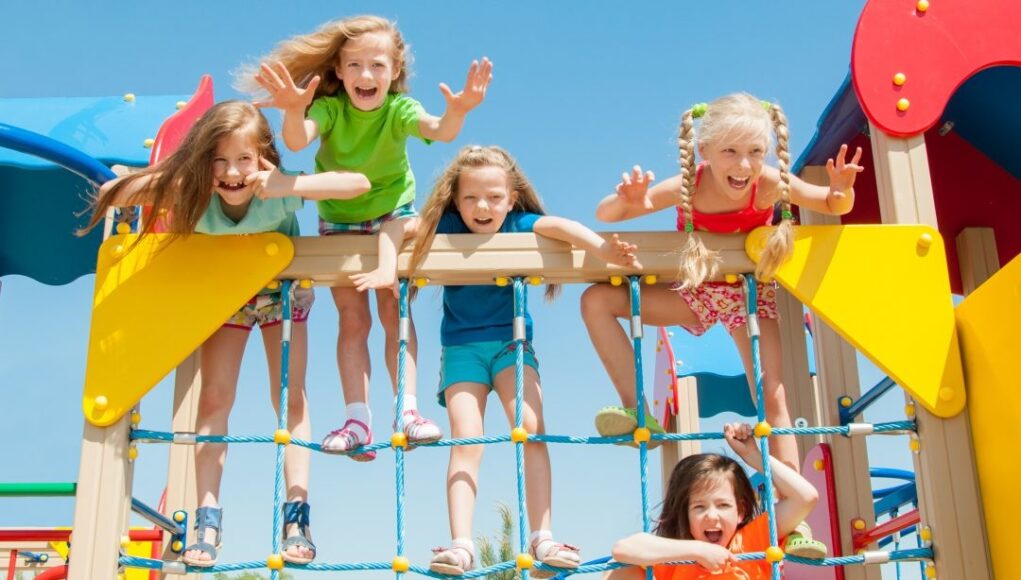While they’re still very young, most children are a little clumsy as well as prone to falls and slips. Scraped knees and elbows are all a part of the learning curve, so don’t think that your little one will necessarily grow up to be awkward and uncoordinated. It’s all a part of their normal growth and one of the many steps they’ll take on their developmental journey.
If you provide them with lots of practice, they’ll master balance, coordination, and agility, important skills that’ll make them much more physically capable. All of these skills fall under what is called spatial awareness. While it’s not simple for a toddler to perfect, over time they’ll become much more proficient at it.
What is spatial awareness?
Spatial awareness is a term that describes the way you perceive your body’s interaction with the environment. It’s about knowing where different objects are and how they relate to the position of your body. This ability takes a lot of practice to develop, which you can see if you observe a baby trying to reach for a toy or a toddler attempting to kick a ball. These skills don’t come naturally, and children need to make many errors before they get them right.
How do you help children improve spatial awareness?
As a parent, there are many things you can do to boost your children’s spatial awareness. Work on it patiently and don’t get discouraged if they don’t get the hang of everything straight away. They’ll reach that next developmental milestone in time as long as you provide them with steady guidance and support.

1. Allow them to be adventurous
Parents tend to be too anxious about letting their children explore the world freely. While feeling protective is perfectly understandable, as long as you take the necessary precautions and keep an eye on them while they play, they’ll be able to go on little adventures while staying safe. It’s very important to give them a sense of independence. They’ll grow up to be fearless and confident.
2. Build things from scratch
Figuring out how different-sized and shaped pieces fit together into a whole is a big element of becoming spatially aware. Doing puzzles or playing with building blocks are great ways to achieve this. These activities will also provide the child with a sense of achievement. Taking them apart and putting them back together can also be a fantastic learning experience.
3. Play hide-and-seek
Children love this timeless classic, which is also an amazing way to develop their spatial intelligence. When looking for a place to hide, they’ll need to scope the space and figure out a good spot. This is useful practice and children never tire of it!
4. Do arts and crafts
Many creative projects teach children how objects fit together. Apart from other benefits, like encouraging creativity, they also require physical precision and coordination. Because they’re making something with their own hands, kids’ motor skills improve.
5. Spend time outdoors
Swimming, walking, and running out in nature are all great activities for kids. Not only can they learn a lot about the natural world and breathe in fresh air, but they also improve their spatial orientation.
6. Conduct fun experiments
Simple at-home experiments, like pouring water into different containers or stacking and rearranging things can do wonders for your kid’s spatial awareness. They don’t require a lot of props, but can offer invaluable lessons to your little one.
7. Play sports
Sports like dance, gymnastics, and soccer are excellent picks if you wish your child to develop this skill. However, you don’t have to sign them up for weekly practices. Spending time at a playground equipped with jungle gyms and trampolines can help too.










